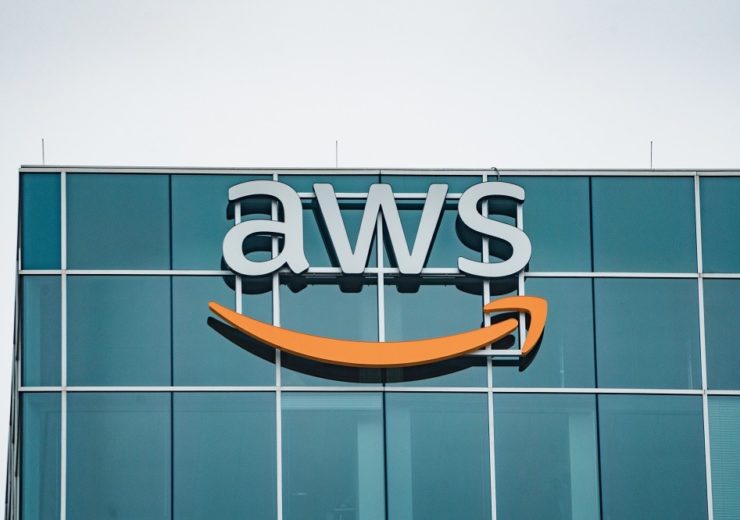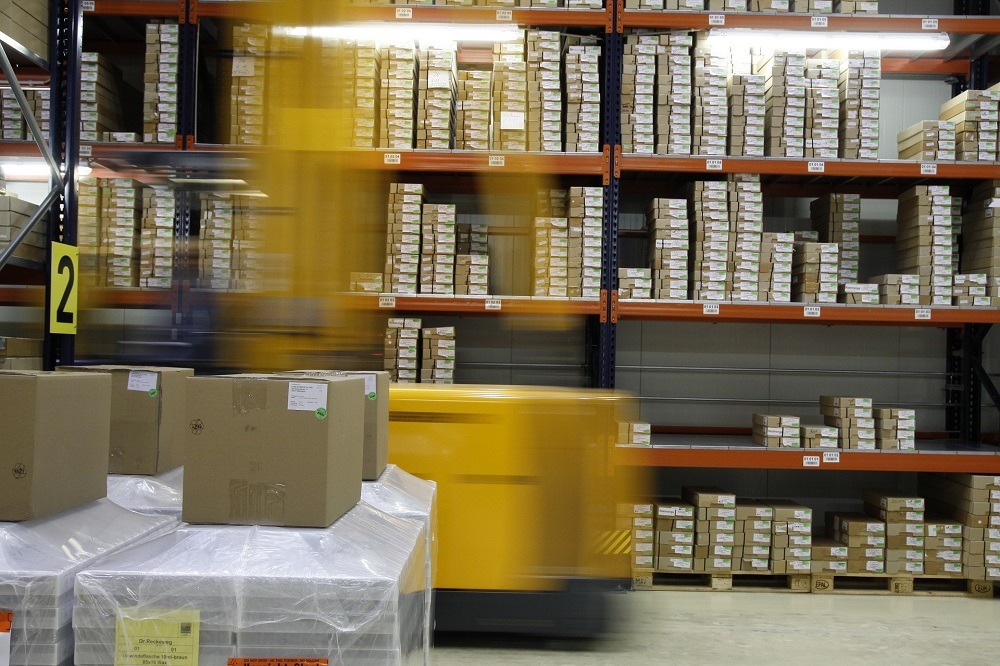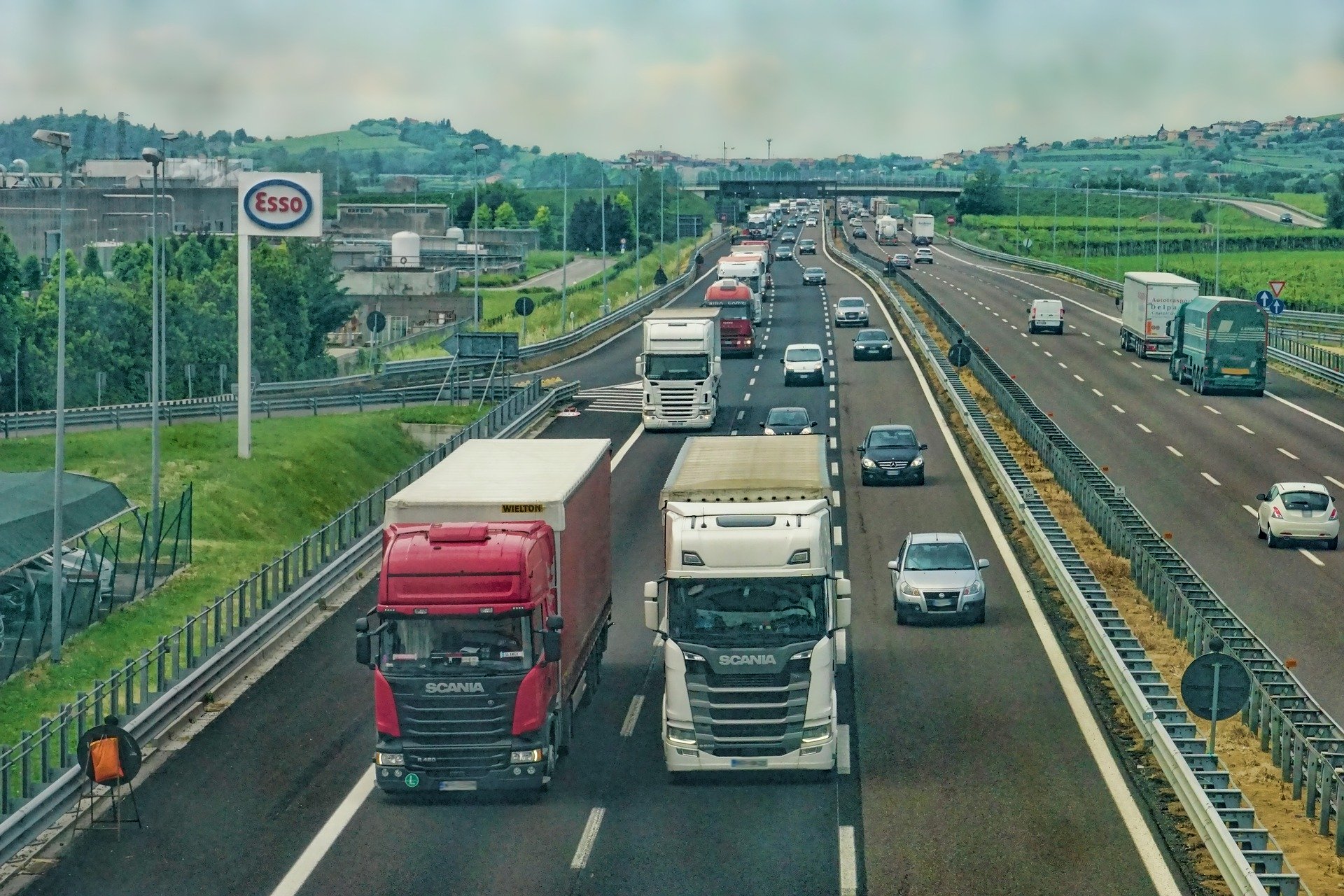Amazon launched its first packaging certification programme, Frustration-Free Packaging, to make it easier for users to get to their products

Amazon was launched in July 1994 as an online book distributor (Credit: Flickr/Tony Webster/https://www.flickr.com/photos/diversey/46600198075)
In July 1994, a small company set-up to package and sell books was launched, its name – Amazon.
More than 25 years later, the online retailer has grown into one of the most valuable brands in the world.
The company has been a huge driving force behind the e-commerce marketplace, which is projected to record sales of up to $4.8tn in 2021.
A key factor behind Amazon’s success is down to the customer experience of buying the products it sells.
As part of this process, the company set-up its Frustration-Free Packaging (FFP) initiative.
Launched in 2008, this multi-year certification programme aims to make it easier for customers to get to their products.
Toys were the first items to be part of the FFP scheme, with it growing to encompass hundreds of categories and millions of packages a year.
Six years later, Amazon introduced its E-commerce Ready Packaging (ECR) certification initiative.
The programme is designed to optimise its customer experience offering and to create supply chain efficiencies.
How to get packaging products certified by Amazon
Frustration-free packaging (FFP)
FFP aims to provide the best experience through the implementation of four tenets:
- Making a package easy-to-open
- Protective
- Low waste
- Cost-effective.
To receive the certification, the packaging must protect a product while going through Amazon’s warehouses.
It must also be cost-effective and capable of shipping to customers without any additional protection.
Alongside this, a product must not use any sealed clamshells – which are typically like those used as containers for distributors of scissors.

Overall, it cannot take more than 120 seconds to remove all of the contents from a package.
FFP certification is also only granted if the material used is recyclable.
In terms of plastics, Amazon prefers manufacturers to use either PET, HDPE or LDPE resins.
Alongside this, any printing or treatments used on a product must not affect the recyclability of a package.
Metallic inks, inks with heavy metals, and foil stamps are not permitted.
The company recommends using packaging materials made with either pre- and post-consumer recycled content, although this is not a statutory requirement.
E-commerce Ready Packaging (ECR)
As part of the ECR certification process, products must be able to be shipped via courier services – such as FedEx – without being damaged.
Non-metal straps or bands are permitted on a product to provide structural integrity, however, bundling multiple packages together is not allowed.

To keep items protected, anything that requires special handling instructions must be clearly labelled.
For durable items that do not require any additional protective packaging, flexible materials – such as paperboard or envelopes – may be used.
Products considered as durable by Amazon must be able to withstand two consecutive drops from a height of 91 centimetres, and support a 4.5 kilogramme (KG) load without experiencing any damage.
International Safety Transit Association rules
Packaging products qualifying for either ECR or FFP certification must also pass tests that simulate the effects of a single-parcel delivery system.
Amazon’s own packaging certification lab tests items following the International Safety Transit Association’s (ISTA) 3A and 3B standards.
Procedure 3A examines packaged-products found in parcel delivery systems that weigh 70KG or less.
The test is designed for four different packaging types that are commonly distributed individually, either by air on the ground.
These types include small, flat or elongated packages.

The test simulates how individually-packaged products are shipped through parcel delivery systems.
Procedure 3B tests products that get delivered by trucks and transported to different locations.
To pass, items must be able to cope with shocks and impacts, random vibrations whilst holding a heavy weight or fork-lift handling.
Alongside this, the packaging may also be tested on how it reacts to different atmospheric conditions.
Once a package is certified as either FFP or ECR, it doesn’t require recertification as long as its materials and components remain unchanged.
If this does occur, the updated product must be retested to ensure these revisions don’t negatively impact its packaging performance.
